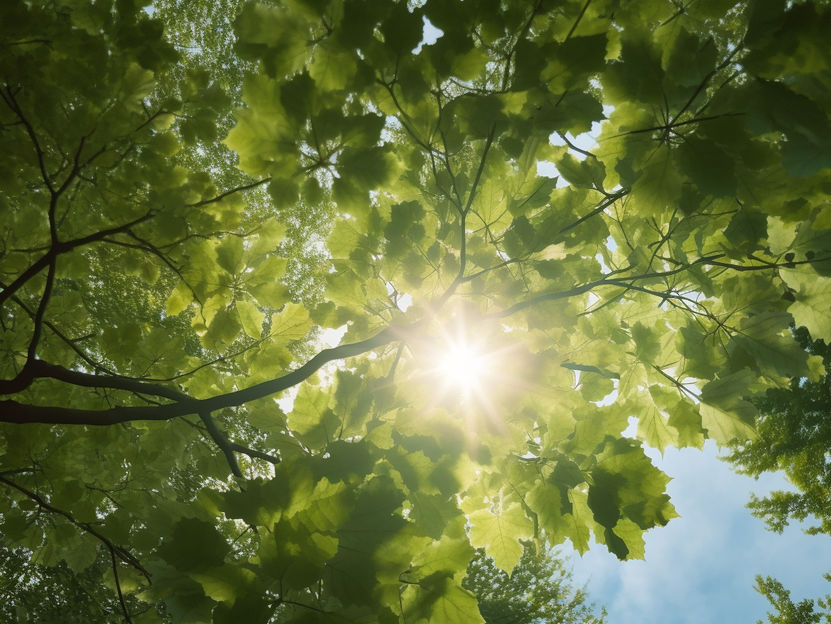Photosynthesis is the engine of all life on Earth. In order for the energy- and oxygen-rich sugar to be produced from sunlight, carbon dioxide, and water, complex processes are necessary that are driven by two protein complexes, Photosystems I and II. In the first photosystem, sunlight is used with nearly 100% efficiency. An intricate network of 288 chlorophylls plays an important role here. A team led by LMU chemist Regina de Vivi-Raedel has now characterized these chlorophylls using high-resolution quantum chemical calculations – an important step towards a better understanding of energy transfer in this system and possibly the ability to use its efficiency in synthetic systems in the future.
Chlorophylls in Photosystem 1 capture sunlight at the antenna complex and direct the energy to the reaction center. There, the energy of light is used to start the redox process, that is, chemical reactions in which electrons are transferred. The quantum yield is nearly 100%, so almost every absorbed photon triggers a redox event in the reaction center.
simulation under natural conditions
“Although the complex energy transfer within the photosystem has been studied for decades, there is no consensus about the exact mechanism,” says de Vivi-Riddle. To better understand the process, the researchers simulated the photoexcitation of each of the chlorophylls in a model of photosystem I embedded in a lipid membrane, and used a multi-reference high-resolution method to characterize the electronic excitations. Compared to previous studies, this approach enables a sophisticated characterization of the first image system. The complex calculations were performed by the high-performance computer in the Leibniz data center.
Scientists have identified the so-called “red chlorophyll,” the authors write in a front-page publication of the specialized journal. Chemical sciences Study report published. These chlorophylls absorb light at slightly lower energies than their neighbors due to environmental electrostatic effects, so their absorption spectrum is redshifted. Likewise, energy barriers also arise, which the researchers identified between the antenna collector and the reaction center, among other places. “At first glance, this seems surprising, as there is no clear gradient along which energy is transmitted from the antenna collector to the reaction center,” explains lead author Sebastian Reiter.
Fluctuations overcome energy barriers
However, under physiological conditions, thermal fluctuations occur throughout photosystem I that overcome these energy barriers as the relative energies of chlorophylls change. In this way, new paths to the reaction center can be opened continuously while others are closed. This, according to the authors’ basic thesis, could be key to the particular efficiency of the first image system.
“Our atomic simulations of these processes allow a microscopic understanding of the system and its dynamics in a natural environment, complementing experimental approaches,” sums up Regina de Vivi-Riddle, also a member of the Excellence Group e conversion he. One of the group’s goals is to one day transfer the efficiency of natural photocatalysts to bioindustrial hybrid systems, for example to produce hydrogen as an energy carrier or to convert carbon monoxide into fuel. A prerequisite for this is a better understanding of energy transfer. With their results using the example of the first image system, scientists can now make an important contribution.

“Social media evangelist. Baconaholic. Devoted reader. Twitter scholar. Avid coffee trailblazer.”







More Stories
These brands are most vulnerable to phishing scams
Apple Maps Now Has a Web Version and Wants to Challenge Google Maps
Best AirDrop Alternatives for Android